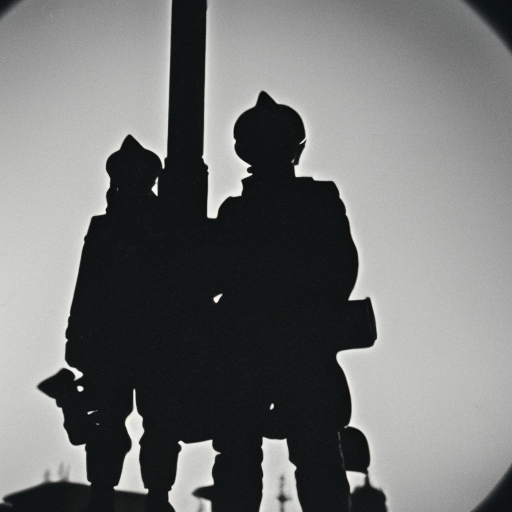Vostok 3: The First Simultaneous Manned Spaceflight
Vostok 3 was a significant milestone in the history of space exploration, as it marked the first time that two manned spacecraft were in orbit simultaneously. Launched by the Soviet Union on August 11, 1962, Vostok 3 carried cosmonaut Andrian Nikolayev, who became the third human to orbit the Earth. The mission lasted for four days and was part of the Vostok program, which aimed to demonstrate the capabilities of the Soviet space program and further their lead in the Space Race against the United States.
Preparation and Launch
Prior to the launch of Vostok 3, the Soviet Union had already achieved two successful manned spaceflights with Vostok 1 and Vostok 2. The Vostok spacecraft was a spherical capsule with a diameter of 2.3 meters and a weight of approximately 4.7 tons. It was equipped with life support systems, communication devices, and instruments to monitor the cosmonaut’s vital signs.
On August 11, 1962, Vostok 3 was launched from the Baikonur Cosmodrome in Kazakhstan. The spacecraft was propelled into orbit by a Vostok-K rocket, reaching a maximum altitude of 218 kilometers. Shortly after the launch, Vostok 3 successfully entered its designated orbit, and Andrian Nikolayev began his journey around the Earth.
The Mission
During his four-day mission, Nikolayev orbited the Earth 64 times, covering a total distance of approximately 2.8 million kilometers. He conducted various experiments and observations, including studying the effects of microgravity on the human body and testing the spacecraft’s systems.
One of the primary objectives of the Vostok 3 mission was to perform rendezvous and communication experiments with the sister spacecraft, Vostok 4, which was launched a day after Vostok 3. The two spacecraft came within a distance of approximately 6.5 kilometers, allowing the cosmonauts to exchange radio messages and visually observe each other’s spacecraft.
Challenges and Achievements
The Vostok 3 mission faced several challenges, including the physical and psychological strains experienced by the cosmonaut during prolonged spaceflight. Nikolayev encountered difficulties with sleep, orientation, and adapting to the weightless environment. However, he successfully overcame these challenges and demonstrated the ability of humans to endure extended periods in space.
The simultaneous presence of Vostok 3 and Vostok 4 in orbit was a significant achievement for the Soviet Union. It showcased their ability to control multiple spacecraft and paved the way for future missions involving rendezvous and docking in space. This achievement also demonstrated the Soviet Union’s technological superiority in the Space Race, as the United States had not yet achieved simultaneous manned spaceflights.
Legacy and Impact
The success of Vostok 3 and the entire Vostok program had a profound impact on the future of space exploration. It provided valuable data and insights into the challenges of human spaceflight, which would later contribute to the development of more advanced spacecraft and missions.
Furthermore, the Vostok program played a crucial role in the Space Race between the Soviet Union and the United States. By achieving significant milestones such as simultaneous manned spaceflights, the Soviet Union maintained its lead in the race and further intensified the competition with the United States.
In conclusion, Vostok 3 was a groundbreaking mission that marked the first simultaneous manned spaceflight. It demonstrated the Soviet Union’s capabilities in controlling multiple spacecraft and showcased their technological superiority in the Space Race. The success of Vostok 3 paved the way for future advancements in space exploration and contributed to our understanding of human spaceflight.












